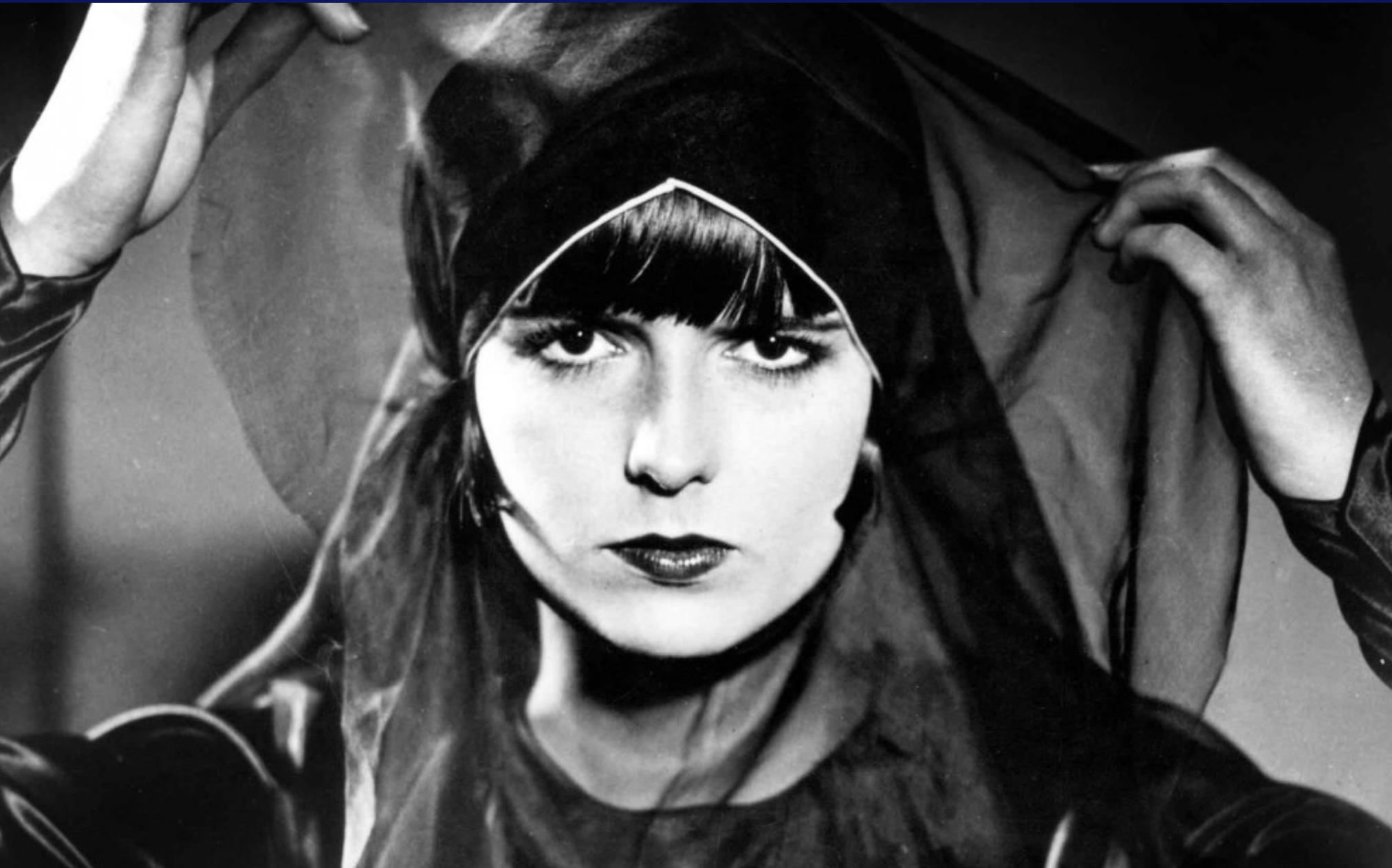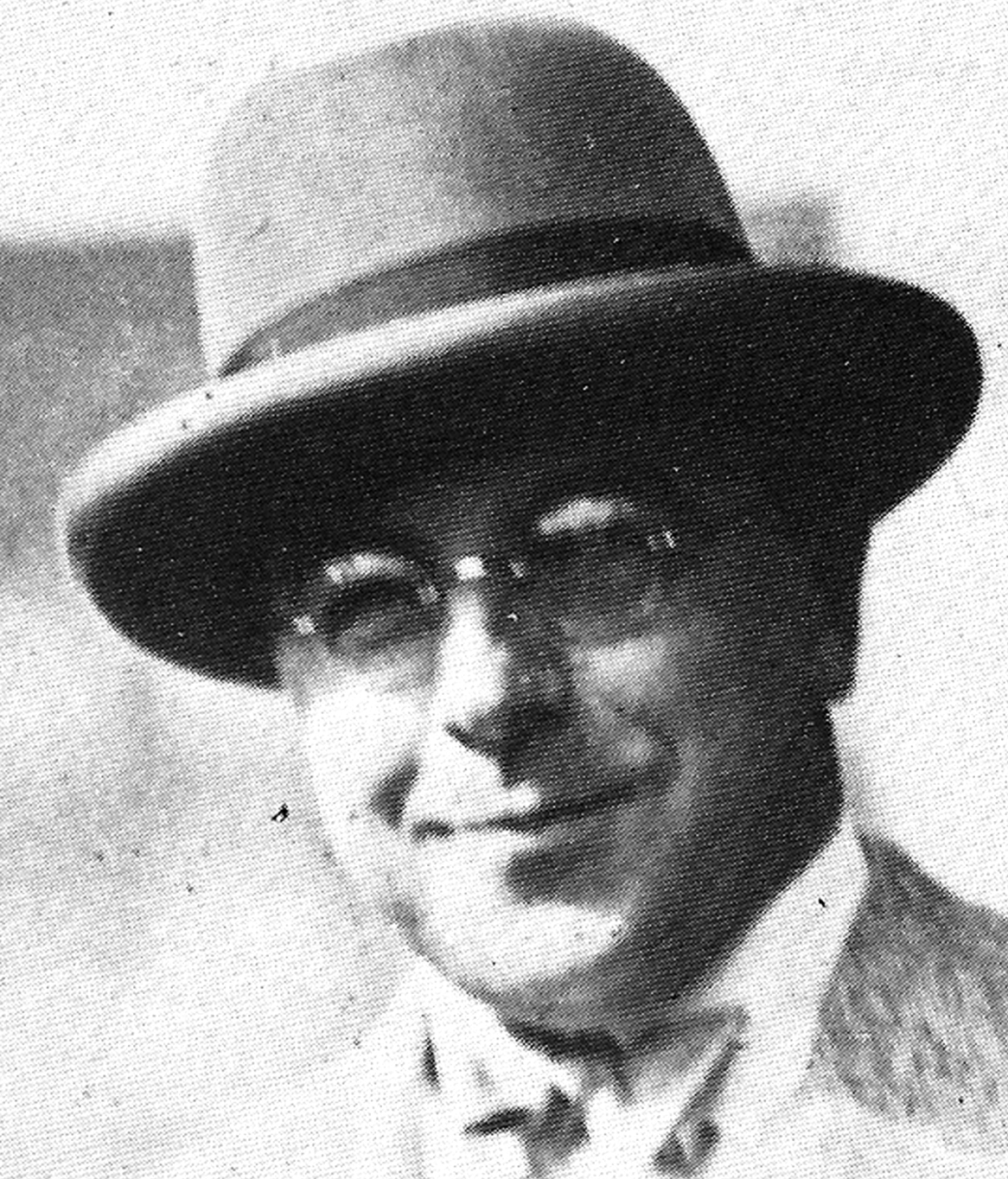Ep. 4 / G.W. Pabst & the German Left:
When Pictures Got Political
Pandora’s Box (Die Büchse der Pandora)
Listen on Apple Podcasts, Spotify, or Google Podcasts.
They called him “Red Pabst”…
In a political environment as combustible as the Weimar Republic, it was only a matter of time before the country’s Kinos became venues for ideological warfare. G.W. Pabst was on the frontlines, firing broadsides against nationalism (Kameradschaft), capitalism (The Threepenny Opera), and the patriarchy (Pandora’s Box). But even in the face of a rising fascism, the German left threatened to tear itself apart.
Pandora’s Box, Kameradschaft, Westfront 1918, The Threepenny Opera, The Joyless Street, and The Love of Jeanne Ney are available for free on YouTube.
Images
Podcasts have their limits, especially podcasts about a medium as visual as film. Below are some images that may enrich your experience with this episode.
The man of the episode, Georg Wilhelm Pabst.
Eclipse of the Sun, a 1926 painting by George Grosz. Grosz was one of leading artists of the New Objectivity (Neue Sachlichkeit), an art movement that rejected the inward focus of Expressionism in favor of social critique. In the center of the painting is President Paul von Hindenburg with an industrialist whispering into his ear. Neither is flatteringly depicted, nor are the headless (read: brainless) financiers and government functionaries sitting with them at the table.
A photo of The Trench, a painting that Otto Dix worked on from 1920 to 1923. Dix portrayed the brutality of his experiences in World War I in such graphic detail that curators initially concealed the picture behind a curtain so as not to shock the squeamish. Still, it was met with resistance from veterans groups. The Trench would eventually be shown as part of the Nazi’s Degenerate Art Exhibition in 1937. Its fate is unknown.
Ernst Thälmann, leader of the Communist Party of Germany (KPD) from 1925 until his arrest by the Nazis in 1933. Thälmann is remembered for his working-class persona and rabid loyalty to Moscow.
Louise Brooks as Lulu in 1929’s Pandora’s Box. Both on and off the screen, Brooks embodied the Jazz Age and the dark glamour of Weimar Berlin.
Brooks and Pabst on the set of Pandora’s Box.
KPD propaganda poster for 1929’s International Workers Day. The heavy-handed actions of the SPD-led police resulted in 30 deaths, 200 injuries, and 1,200 arrests. The events of Blutmai exacerbated the tensions between the communists and the social democrats.
From Westfront 1918, Pabst’s bracingly realistic anti-war classic.
Based on the play by Bertolt Brecht and Kurt Weill, The Threepenny Opera joined the aesthetics of Expressionism with a critique of capitalism. Brecht and Weill hated Pabst’s adaptation so much that they sued.
Kameradschaft tells the story of German miners who come to the aid of their French counterparts after an explosion, serving as Pabst’s rebuke of nationalism.
Music & Clips
The theme for The Haunted Screen is “Nostromo” by The Great Pacific Garbage Vortex, who also contributed the songs “Cloud City” and “Isla Nubar.” Additional music:
“Chill Abstract (Intention)” by Coma-Media
“Danger Beats” by Lesfm
“Busy City” by TrackTribe
“Mack the Knife” and “Barbarasong” from The Threepenny Opera soundtrack
In accordance with the principles of fair use, this episode uses clips from Inglourious Basterds, William Friedkin’s interview with Fritz Lang, the Associated Press, Star Trek, Spartacus, Twin Peaks, Ernst Thälmann: Son of His Class, Daniel Isn’t Real, Spring Awakening, Lulu in Berlin, The Spoilers, Lotte Eisner in Germany, The Simpsons, Westfront 1918, Les Dossiers de l’écran, Saturday Night Live, The Threepenny Opera, Memories of Berlin, NME, and Kameradschaft.










